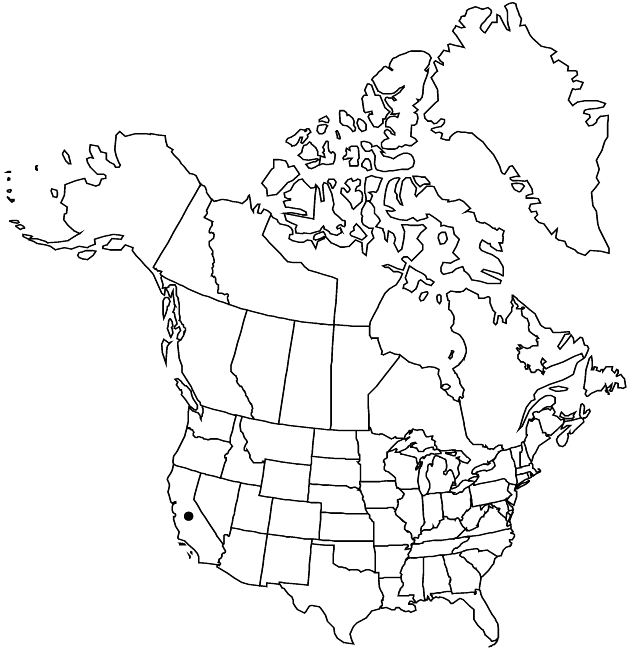Difference between revisions of "Agoseris hirsuta"
Pittonia 2: 177. 1891.
FNA>Volume Importer |
FNA>Volume Importer |
||
| Line 11: | Line 11: | ||
|name=Leontodon hirsutum | |name=Leontodon hirsutum | ||
|authority=Hooker | |authority=Hooker | ||
| + | |rank=species | ||
|publication_title=Fl. Bor.-Amer. | |publication_title=Fl. Bor.-Amer. | ||
|publication_place=1: 296. 1833 | |publication_place=1: 296. 1833 | ||
| Line 17: | Line 18: | ||
|name=Macrorhynchus harfordii | |name=Macrorhynchus harfordii | ||
|authority=Kellogg | |authority=Kellogg | ||
| + | |rank=species | ||
}} {{Treatment/ID/Synonym | }} {{Treatment/ID/Synonym | ||
|name=Taraxacum hirsutum | |name=Taraxacum hirsutum | ||
|authority=(Hooker) Torrey & A. Gray | |authority=(Hooker) Torrey & A. Gray | ||
| + | |rank=species | ||
}} | }} | ||
|hierarchy=Asteraceae;Asteraceae tribe Cichorieae;Agoseris;Agoseris hirsuta | |hierarchy=Asteraceae;Asteraceae tribe Cichorieae;Agoseris;Agoseris hirsuta | ||
| Line 35: | Line 38: | ||
|elevation=10–700 m | |elevation=10–700 m | ||
|distribution=Calif. | |distribution=Calif. | ||
| − | |discussion=<p><i>Agoseris hirsuta</i> occurs primarily on grassy hills in the San Francisco Bay area and extends both north and south in the Coast Ranges. It has been treated as <i>A. apargioides</i> subsp. or < | + | |discussion=<p><i>Agoseris hirsuta</i> occurs primarily on grassy hills in the San Francisco Bay area and extends both north and south in the Coast Ranges. It has been treated as <i>A. apargioides</i> subsp. or <i></i>var.<i> apargioides</i> in recent floras. <i>Agoseris hirsuta</i> is closely related to <i>A. apargioides</i> and <i>A. heterophylla</i>. Morphologically, it is similar to <i>A. heterophylla </i>var.<i> cryptopleura</i>. Putative hybrids with <i>A. apargioides</i>, <i>A. grandiflora </i>var.<i> grandiflora</i>, <i>A. heterophylla </i>var.<i> cryptopleura</i>, and <i>A. retrorsa</i> have been collected.</p> |
|tables= | |tables= | ||
|references= | |references= | ||
| Line 44: | Line 47: | ||
-->{{#Taxon: | -->{{#Taxon: | ||
name=Agoseris hirsuta | name=Agoseris hirsuta | ||
| − | |||
|authority=(Hooker) Greene | |authority=(Hooker) Greene | ||
|rank=species | |rank=species | ||
| Line 59: | Line 61: | ||
|publication year=1891 | |publication year=1891 | ||
|special status= | |special status= | ||
| − | |source xml=https://jpend@bitbucket.org/aafc-mbb/fna-data-curation.git/src/ | + | |source xml=https://jpend@bitbucket.org/aafc-mbb/fna-data-curation.git/src/eaa6e58056e40c9ef614d8f47aea294977a1a5e9/coarse_grained_fna_xml/V19-20-21/V19_510.xml |
|tribe=Asteraceae tribe Cichorieae | |tribe=Asteraceae tribe Cichorieae | ||
|genus=Agoseris | |genus=Agoseris | ||
Revision as of 19:19, 16 December 2019
Stems 0. Leaves erect to ascending; petioles rarely purplish, petiole margins glabrous or tomentose; blades narrowly to broadly oblanceolate, (7–)10–30 cm, margins usually lobed to pinnatifid, rarely dentate, lobes 5–7(–9) pairs, lanceolate to oblanceolate, spreading to antrorse, lobules sometimes present, faces sparsely to densely hairy. Peduncles not notably elongating after flowering, 10–45 cm in fruit, glabrate, or basally and apically pubescent to villous, mostly stipitate-glandular. Involucres obconic to campanulate, 1.5–2.5 cm in fruit. Phyllaries in 2–3 series, green or medially rosy purple, sometimes purple-black speckled, margins ciliate, faces ± villous, stipitate-glandular; outer erect to spreading, adaxially ± tomentose; inner erect, elongating after flowering. Receptacles epaleate. Florets 50–250; corollas yellow, tubes 3–6 mm, ligules 6–16 × 2–3 mm; anthers 3–5 mm. Cypselae 9–14 mm; bodies fusiform to narrowly conic, 3–5 mm, beaks 6–10 mm, lengths 1–3 times bodies, ribs flattened, ridged, or subalate, straight or slightly undulate; pappus bristles in 3–4 series, (4–)6–10 mm. 2n = 18.
Phenology: Flowering mostly Apr–Jun, rarely Sep–Dec.
Habitat: Mesic to dry grasslands, oak woodlands, and coastal scrub-lands
Elevation: 10–700 m
Discussion
Agoseris hirsuta occurs primarily on grassy hills in the San Francisco Bay area and extends both north and south in the Coast Ranges. It has been treated as A. apargioides subsp. or var. apargioides in recent floras. Agoseris hirsuta is closely related to A. apargioides and A. heterophylla. Morphologically, it is similar to A. heterophylla var. cryptopleura. Putative hybrids with A. apargioides, A. grandiflora var. grandiflora, A. heterophylla var. cryptopleura, and A. retrorsa have been collected.
Selected References
None.
